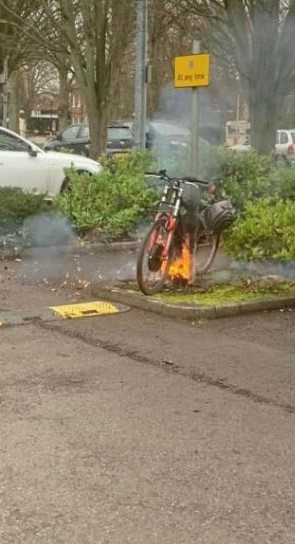As ever such data is misleading and near to useless:
It says most vehicles are almost always completely destroyed by fire, yet only reports 93 of the 507 in London in the last five years were seriously damaged.
How can that be? Well the answer is simple, they are including a complex mix of factors.
The first and most important is not specifying the type of fire. E-cars have two electrical systems. One is nearly identical to that on any ic car, a 12 volt SLA battery running all the usual car electrical systems. These occasionally start a fire on any car, petrol, diesel, hybrid or battery electric. They are the great majority of all car electrical fires.
The second system in an e-car is the traction battery feeding the controller and motor unit via an isolator switch and fuse. Fires in that system are only due to the traction battery and on almost all e-cars are extremely rare. Indeed the majority of those fires occur on just one make of e-car, Tesla, due to that company pushing their battery specifications too far for safety with the inevitable consequence.
Information link. Tesla claim differently but the real world evidence doesn't support them.
In a stark comparison, Nissan's Leaf, for a decade the largest selling EV in the world with over 600,000 on the road has never had a single traction battery fire and just one known 12 volt system fire.
Another factor confusing the information given is that it includes hybrids, most of which are very different from BEVs, having only a low power, short range, auxilliary electrical drive system with a correspondingly smaller battery.
And even the Parallel Hybrid buses are classed as BEVs, and they work very differently with both ic and battery drive often working together. The so called Boris Buses have suffered a number of burnouts in London and like their namesake are being phased out of service early.
The public ignorance about EVs is such that it will probably be many years before we get reliably separated and usefully informative data.
.











